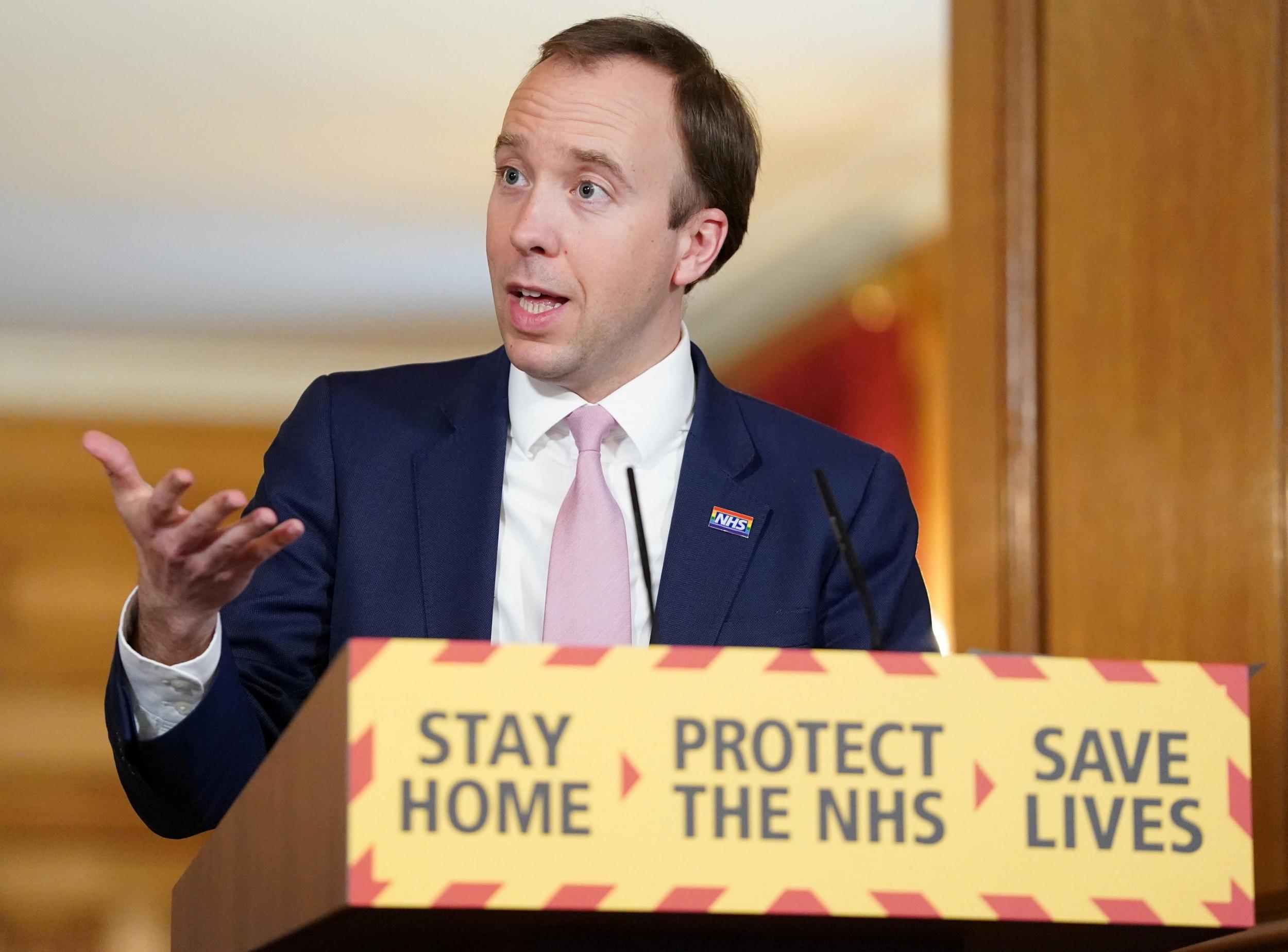The social care crisis is in need of urgent attention
Editorial: A care home, with its vulnerable residents in close proximity, was, and sadly still is, the perfect environment for Covid-19 to spread and exact an appalling human cost

The latest figures on coronavirus deaths in care homes are as shocking as they are unsurprising.
According to the Office for National Statistics, there were some 2,000 deaths in care homes in England and Wales during the week ending 17 April, double the total recorded from the beginning of the year to 10 April. The Care Quality Commission found that there were 4,343 notified deaths in care homes since Easter, and that people in care homes have made up around a sixth of total fatalities.
The government has only now announced a few remedies, including access to testing for all residents and staff of care homes, whether or not they show symptoms, as well as expanding testing to all over-65s and people who have to leave their homes for work, if they show symptoms. The daily and weekly death tolls will, from now on, include care home deaths, to help us understand the scale and transmission of the pandemic.
Still, those deaths in care homes that represent a particular tragedy, because we did not need Sage-levels of expertise to see what was coming. Although coronavirus was indeed a new and not well understood phenomenon, three things were already apparent by early March. First, it inflicted a higher mortality rate than similar viruses; second, it was highly contagious; third, it affected older people disproportionately. A care home, with its vulnerable residents in close proximity, was, and sadly still is, the perfect environment for Covid-19 to spread and exact an appalling human cost. So it has proved.
The figures, then, represent a terrible indictment for those planning the nation’s response to the outbreak. In the NHS action plan published on 3 March, for example, there was no serious attention paid to the care and security of older citizens and people with disabilities covered by the broad category of “social care”. The testing and isolation protocols for homes with two or more confirmed cases were inadequate. Anecdotal evidence suggests shortages of personal protective equipment in the care sector have been as severe or worse than in some hospitals. Whereas the NHS managed to find ways to prepare itself for the expected wave of patients, the care sector, despite its gifted, dedicated and under-appreciated staff, was not ready.
Nor was our largely privatised care sector in a particularly resilient state before the coronavirus pandemic. For many years it has been chronically underfunded. For a decade, various impressive studies, such as the Dilnot report have been commissioned, made recommendations about proper funding and have been ignored. The doomed “death tax” policy in Theresa May’s 2017 election manifesto left the whole area even more of a political no-go area.
Perhaps this crisis and its grim consequences will now inject some urgency into this debate: we saw some promising moves yesterday. Boris Johnson has pledged that if he cannot win cross-party support for a sustainable longer-term plan for social care, he will “fix” the crisis himself. The government’s track record and the economic background suggest otherwise.
Join our commenting forum
Join thought-provoking conversations, follow other Independent readers and see their replies
Comments